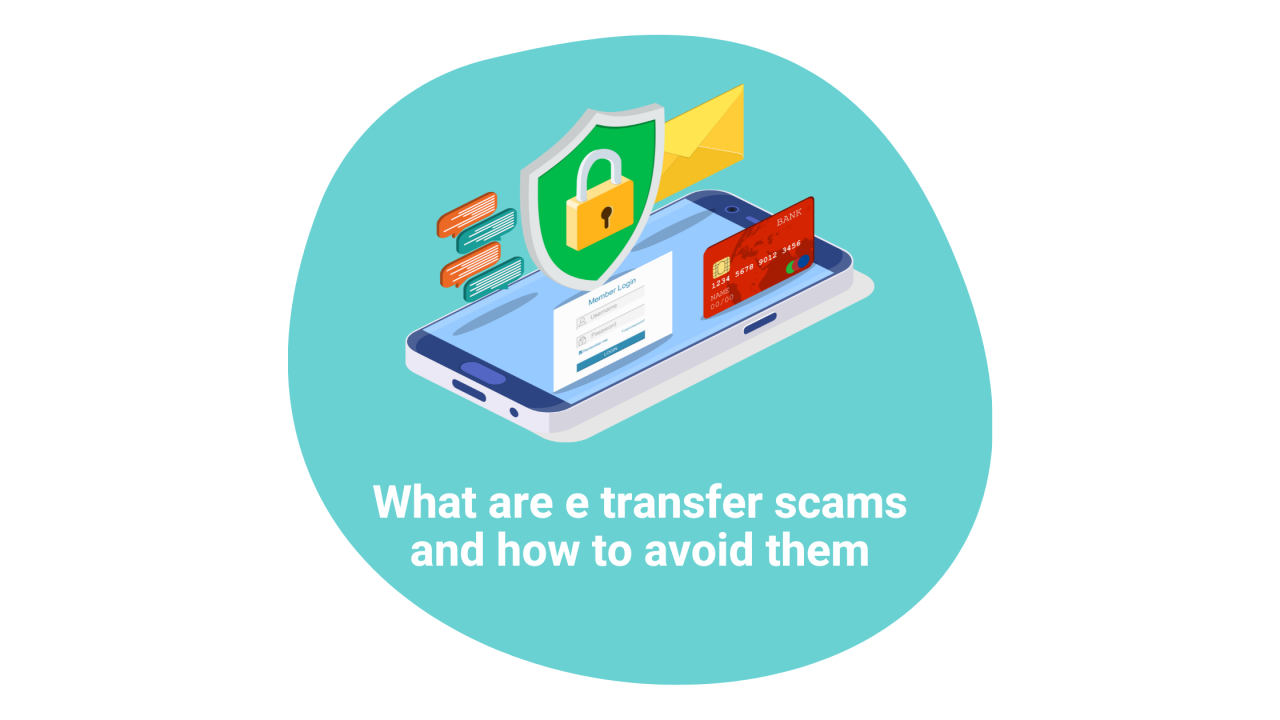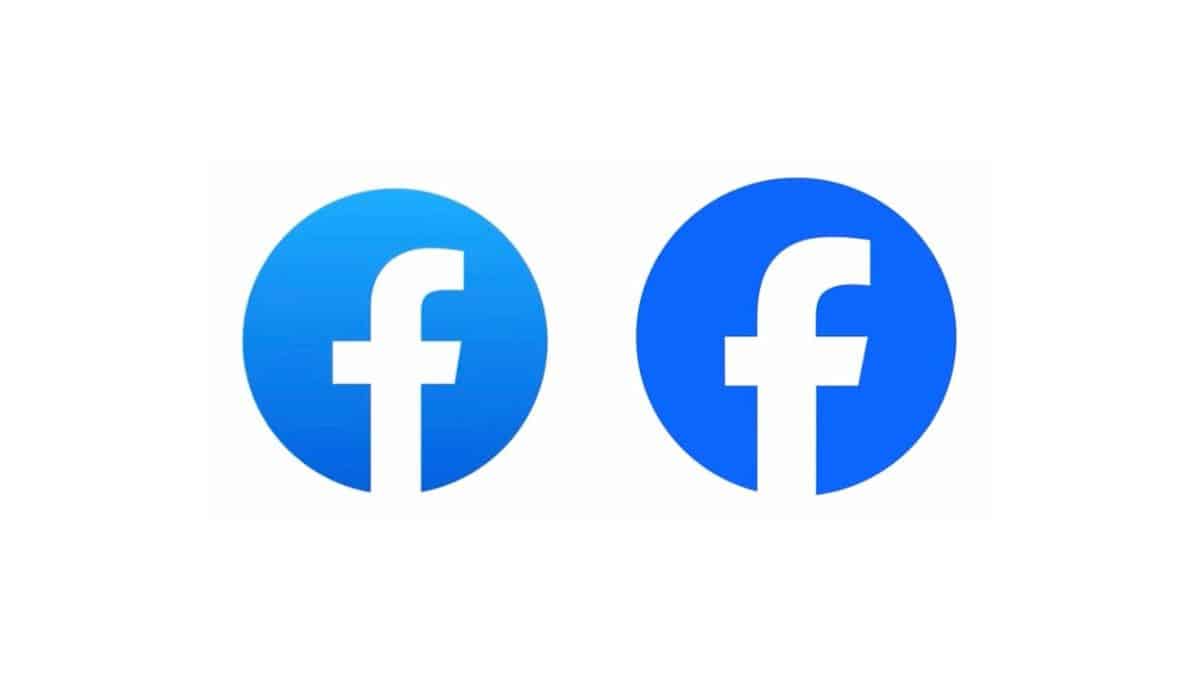Mysterious $36.29 e-Transfer from MNP? Why Facebook Sent You: Ever received a random e-transfer from an unknown source? This happens more often than you might think. This article dives into a specific case – a $36.29 e-transfer seemingly linked to Facebook, exploring potential scenarios, from innocent mistakes to elaborate scams. We’ll guide you through investigating the sender, understanding e-transfer security, and ultimately, deciding how to respond to such a puzzling situation.
We’ll break down the process of e-transfers, look into who or what “MNP” might be, explore the possible Facebook connection, and analyze the odd amount of $36.29. We’ll also cover strategies for responding to suspicious transfers and offer real-world scenarios to help you understand the potential risks involved. By the end, you’ll be better equipped to handle unexpected financial transactions and protect yourself from potential fraud.
Understanding Mysterious E-Transfers

Receiving an unexpected e-Transfer, especially from an unknown sender like “MNP,” can be unsettling. This article will guide you through investigating the source, assessing the risk, and developing a safe response strategy. We’ll examine the e-Transfer process, explore potential connections to Facebook, and analyze the significance of the $36.29 amount.
E-Transfer Processes and Security
An e-Transfer typically involves the sender initiating a transaction through their online banking platform, providing the recipient’s email address or mobile phone number, and specifying the amount. The recipient receives a notification and, after security verification, can accept or reject the funds. Security measures include encryption of transaction data, two-factor authentication, and fraud monitoring systems. Legitimate e-Transfers originate from known sources, such as employers, family, or businesses you’ve interacted with.
Illegitimate sources often use shortened or unfamiliar identifiers, aiming to mask their true identity.
| Secure E-Transfer Practices | Insecure E-Transfer Practices |
|---|---|
| Using established banking platforms | Using untrusted third-party platforms |
| Verifying sender identity | Ignoring sender verification |
| Enabling two-factor authentication | Disabling security features |
| Regularly monitoring bank accounts | Ignoring suspicious activity |
Investigating the Sender: MNP
The identifier “MNP” could represent various entities. It might be an abbreviation for a company name, a shortened version of a personal identifier, or even a randomly chosen string. Using shortened identifiers is common in fraudulent activities to obscure the true sender. To verify legitimacy, cross-reference the sender information with any previous communication or transactions. Contact your bank to inquire about the sender’s details.
- Contact your bank immediately.
- Review recent transactions and communications for any related information.
- Do not accept or interact with the transfer if its source is unknown.
- Report the suspicious transfer to your bank’s fraud department.
The Facebook Connection

A link between a Facebook account and an unexpected e-Transfer could indicate several scenarios. For example, a compromised Facebook account might be used to gather personal information for targeted scams. Phishing attempts often leverage social media platforms to gain access to financial details. Facebook employs various security protocols, including data encryption and account monitoring, but user vigilance remains crucial.
Analyzing the $36.29 Amount, Mysterious .29 e-Transfer from MNP? Why Facebook Sent You
The seemingly arbitrary amount of $36.29 might lack inherent significance. Fraudsters often choose small, unusual amounts to avoid immediate suspicion. Such details, while seemingly insignificant, can be crucial clues in identifying fraud. Several factors influence the choice of amount, including testing the waters, minimizing detection, or mimicking legitimate microtransactions.
- Testing the validity of stolen banking information
- Minimizing the risk of immediate detection
- Mimicking legitimate micro-transactions
- Avoiding triggering fraud alerts
Developing a Response Strategy

Responding to a suspicious e-Transfer requires a methodical approach. First, immediately contact your bank to report the transaction and inquire about the sender. Then, gather all relevant information, including screenshots and transaction details. Report the incident to relevant authorities, such as the police or your local consumer protection agency. Maintain clear and concise communication, documenting all interactions with your bank and authorities.
Illustrating Potential Scenarios
A legitimate scenario could involve a friend or family member using a shortened identifier for a quick payment, followed by an explanation.
A phishing scenario might involve a deceptive email or message, pretending to be from a legitimate source, leading to a request for personal information to “verify” the transfer.
A compromised Facebook account scenario could involve unauthorized access to financial details, resulting in an unauthorized e-Transfer.
That weird $36.29 e-transfer from MNP? Yeah, it’s probably related to that Facebook ad you clicked. Completely unrelated, but while you’re investigating that, check out the Syracuse football 2025 schedule; see who they’re playing next season by clicking here: Syracuse football 2025 schedule: Who does SU face next season?. Anyway, back to that mystery money…
maybe it’s a refund? Keep digging!
A refund or unexpected purchase scenario might involve a delayed refund or an unexpected payment for an online purchase, where the sender’s identifier is shortened or unusual.
End of Discussion

So, that mysterious $36.29 e-transfer from MNP linked to your Facebook account? It’s a reminder that vigilance is key in the digital age. While the amount might seem insignificant, the situation highlights the importance of understanding online security, verifying unexpected transactions, and reporting suspicious activity promptly. Remember to always verify the sender’s identity, research unfamiliar sources, and never hesitate to contact your bank or relevant authorities if something feels off.
Staying informed and proactive is the best defense against financial fraud.
Question Bank: Mysterious .29 E-Transfer From MNP? Why Facebook Sent You
What does MNP stand for in this context?
We don’t know for sure without more information. MNP could be an abbreviation used by a company, individual, or even a system. The investigation focuses on identifying the sender.
That mysterious $36.29 e-transfer from MNP? It’s probably related to a Facebook ad or payment, but sometimes things are as unexpected as the plot twists in movies. For example, check out this article on 12 Things Gladiator 2 Treats Like Plot Twists Even Though We’ve – it’s wild! Anyway, back to your money; if you’re still unsure about that MNP transfer, contact Facebook support directly to clarify the charge.
Is $36.29 a common amount for fraudulent transfers?
No specific amount is inherently linked to fraud. Fraudsters often choose seemingly random amounts to make the transaction look less suspicious.
What if I accidentally spend the money?
Contact your bank immediately. Explain the situation and they’ll guide you on how to proceed. While recovering the funds might be challenging, reporting it is crucial.
So you got a mysterious $36.29 e-transfer from MNP? Weird, right? It’s probably unrelated to that Facebook thing, but while you’re investigating, maybe check out this totally unrelated story about Nitish Kumar Reddy’s amazing cricket performance – The Nitish Kumar Reddy story: As allrounder shines at MCG, here’s – it’s a great distraction from puzzling finances.
Anyway, back to that random e-transfer… anyone else getting weird money?
Should I contact Facebook directly?
Yes, reporting the suspicious activity to Facebook is a good idea, especially if you suspect your account may have been compromised.
